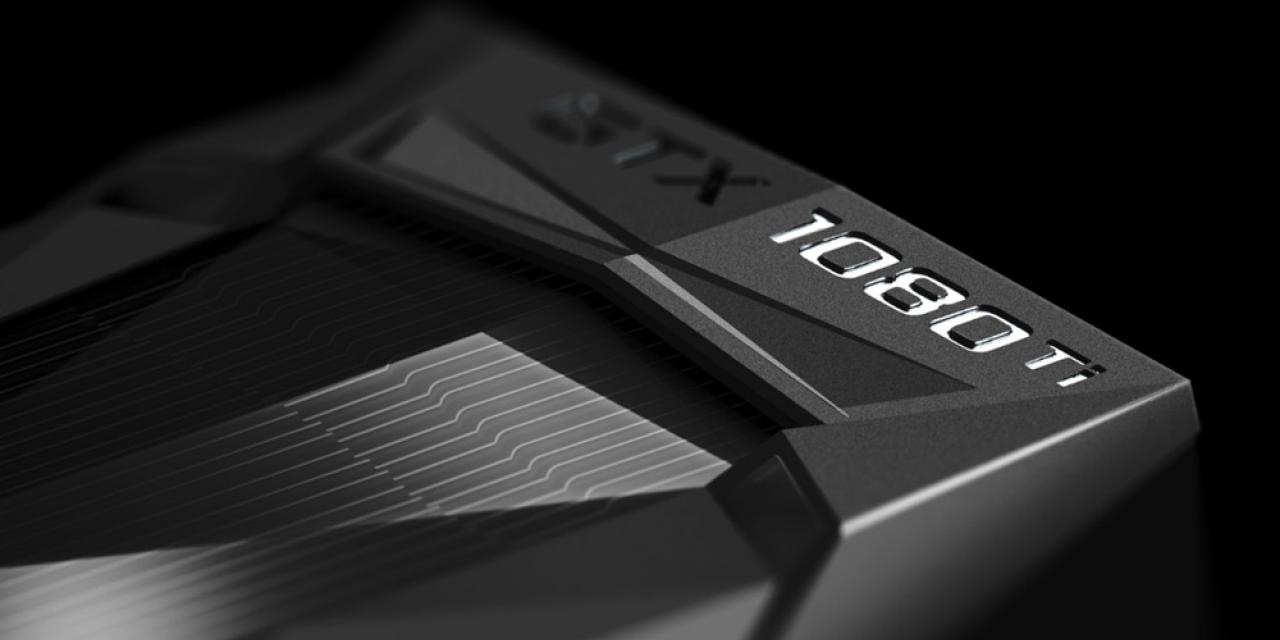
Cryptocurrency mining might have made a lot of people a lot of money, but it's causing gamers no end of headaches and problems. Where once it was just ASIC miners people were buying to mine Bitcoin, today with hundreds of cryptocurrencies, some of which became exceedingly popular for short periods of time, graphics card mining has become profitable again and over the past six months that's meant that graphics cards have become inordinately expensive.
Most retailers have sold out and the ones that haven't have raised their prices to the point where it's just not feasible to upgrade your graphics card. When a GTX 1070 can cost as much as $700, GTX 1080Tis around $1,500 and even mid-range cards like RX 580s more than $500, is it really worth upgrading?
The question at this point on many gamers' minds, is: "when will prices come down?" Surely they must, right? It can't stay this way forever? Hopefully not, but there doesn't appear to be any clear sign of things changing drastically in the near future.
The first milestone of 2018 that may affect things is the launch of Nvidia's two new lines of graphics cards. The first and perhaps most exciting for gamers, is Volta, which is expected to be an order of magnitude more powerful than Pascal, 10-series graphics cards. A new generation means a new batch of graphics cards released at once, which, if Nvidia doesn't decide to raise the MSRP of them, may mean a very brief window of relatively affordable, new and powerful graphics cards for us to enjoy.
Of course the miners are likely to be just as keen as gamers to buy them up, if not more so, since they can make money off of them. That may mean we see higher starting prices, or swift price rises as stock dwindles.
Perhaps the more important launch this year from Nvidia will come in the form of mining-focused cards. Although some have been released in the past, they don't hold much attraction for miners, since they are comparative to consumer cards and yet only come with a three month warranty, which is useless when miners have been enjoying returns after 12 months if their cards bite the dust after heavy mining activity.
A new generation of Nvidia miner cards is said to be set for release soon which would reduce shader cores and memory counts – making them less applicable for gaming – and with better cooling and reduced power draw, which should mean they're more efficient. That would make them much more attractive to miners, which could see them bought up instead of consumer graphics cards. If timed well with a new-generation release, that might see GPU prices come down across the board as miners rush to use the new, much more efficient graphics cards.
The only problem there is supply. The biggest issue affecting the graphics card industry during this latest mining boom hasn't been that miners have been buying everything, it's that AMD and Nvidia haven't been able to keep up with the demand. That's why prices rose: supply and demand.
If that's the case and Nvidia is simply allocating some of its – even slightly expanded – production to mining focused graphics chips, then that isn't going to solve the problem, even if miners buy those first. That stock will run out and quickly if those cards are highly desirable and that will simply mean miners come back to buying the standard gaming cards as well as the new miners, possibly with more capital to burn as they are making so much with their new miner cards.
The only real way we're going to see any meaningful impact on graphics card pricing is if AMD and Nvidia enforce strict card sales at their supply end and make an enormous increase in their production lines. We need to see cards flooding the market to help bring prices down and avenues created for gamers to buy their next upgrade straight from the manufacturer, with no retailer markup in the middle.
For now, that doesn't seem likely. Graphics card production is incredibly expensive – there's a reason there are only two real competitors at the top end of the desktop/laptop space. Qualcomm isn't competing on overall performance, even if Snapdragon is impressive for its size and power draw.
They are unlikely to dump billions into upscaling production either, as if the mining market crashed overnight, as it certainly could if regulation was brought to bear, then either company could be in real trouble.
For now, it seems likely that the pricing problems are here to stay, but AMD and Nvidia should be doing more about it, because, without viable upgrade paths, gamers may be faced with switching to consoles for their next gaming buy and the entire PC gaming industry will suffer in turn.








